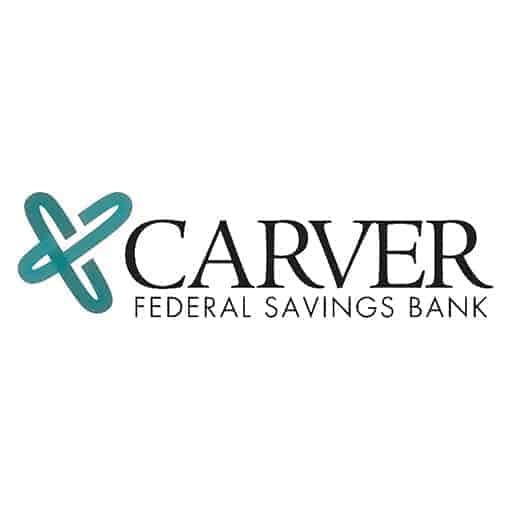The #BankBlack Movement started in 2016, but black-owned banks have been serving African American communities for decades.
Learn how black-owned banks are stepping in to fill a void in underbanked communities by offering essential financial services to Black Americans.
The Racial Wealth Gap in the United States
Black Americans are being under served and overcharged by the country’s leading financial institutions, according to a report by McKinsey & Co.
Without access to the same financial opportunities as other demographics, it comes as little to no surprise that the median family income of black families is lower than that of white families.
What is shocking, however, is that the median wealth of white families is ten times that of black families in the United States. The median family wealth of a black family was $17,600, whereas white families had, on average, $171,000 in family wealth in 2016. Moreover, this racial wealth gap had increased from $100,000 in 1992 to $154,000 in 2016.
“The widening racial wealth gap disadvantages black families, individuals, and communities and limits black citizens’ economic power and prospects, and the effects are cyclical,” states the report authored by McKinsey partners Shelley Stewart and Jason Wright.
Fortunately, for black communities, there are black-owned banks whose mission is to decrease the racial wealth gap by providing much-needed financial services to African American communities.
African American Banks: The Financial Lifeblood of Black Communities
Today, there are more than 20 black-owned banks across the country that provide an array of financial services, including digital banking, mortgages, and SME lending, to Black Americans.
Boosted by the recently reignited #BankBlack Movement, black-owned financial institutions currently hold over $4.9 billion in assets.
What’s more, they focus their lending activities on small businesses, nonprofits (e.g., churches), and Black home buyers, according to Urban Institute. Notably, black-owned banks have stood out for increasing mortgage lending to the Black community during the housing crisis while the nation’s largest lenders backed off.
Black-owned banks are also willing to lend to low and moderate-income borrowers who often struggle to gain access to capital at affordable rates. Moreover, the median share of mortgage originations to Black borrowers for owner-occupied homes is substantially higher among black-owned banks than among non-black-owned lenders. While African American-owned banks’ mortgage originations to Black borrowers have fluctuated between 75% and 100% from 2004 to 2018, for non-black-owned lenders, that figure was consistently under 10% in the same time period.
Moreover, all black-owned banks are community banks, which means their focus lies on their immediate areas and neighborhoods. That also means that these banks are more willing to lend to high-risk borrowers. From 2004 to 2018, black-owned banks were lending more to low- and moderate-income (LMI) households than other types of lending institutions.
Today, black-owned banks are going digital with the three largest institutions – OneUnited, Liberty Bank, and Carver Bank – all offering online and mobile banking services to ensure that they keep up with the times and their competitors from Wall Street.
Carver Bank: Black Excellence in Community Banking

Arguably one of the best examples of black excellence in community banking is New York’s only black-owned financial institution, Carver Federal Savings Bank.
Carver Bank is one of the largest and longest-standing black-owned banks in the United States. Founded in 1948 by a group of Harlem residents, Carver Bank was one of the first banks to provide financial services in some of New York City’s most under served neighborhoods.
The bank’s journey started on 125th Street in Harlem, led to an expansion into Brookley, Manhattan, and Queens, and resulted in going public on the New York Stock Exchange in 2014. All while sticking to their mission to serve the local Black community.
Today, Carver Bank provides personal and business banking services, loans, online banking, and a service called “Community Cash,” which enables individuals without a bank account to cash checks, pay bills, and send and receive international remittances. Moreover, Carver reinvests the vast majority of the money it receives from depositors back into the local community.
“We are investing in our communities that we serve. 83 cents of every dollar we have on deposit gets reinvested in small business owners and consumers that live in our area.”
Michael Pugh, Carver Bank President and CEO.
Additionally, the New York-based lender sponsors educational programs that promote financial literacy and economic independence in the neighborhoods it operates in.
Carver Bank is one of many examples of black-owned banks making a difference in their local communities by focusing on financially empowering Black America.






